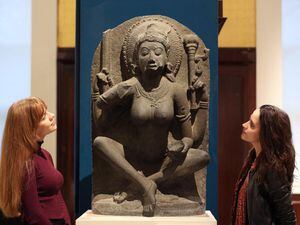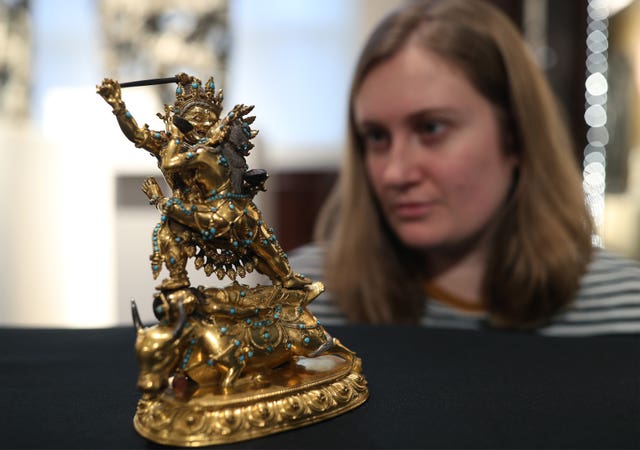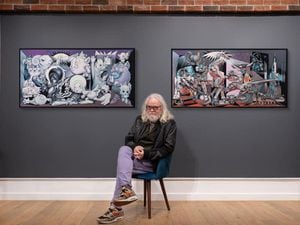Tantra exhibition will be about more than sex, says British Museum
Rock star Sting has previously spoken of his penchant for the ancient art of tantric sex.

The British Museum has unveiled plans for a Tantra exhibition – insisting it will be about more than sex and yoga.
Curators said Tantra is associated with sex in the West, with rock star Sting’s comments about seven-hour lovemaking sessions partly to blame.
The Fields Of Gold singer has previously spoken of his penchant for the ancient art of tantric sex.
But Tantra is more than these “salacious stereotypes” – it is a misunderstood “radical philosophy”, according to experts.

And sexual “freedom and sexual rites” are just “one strand of this rich philosophical tradition”.
Objects on display will include a 9th century temple relief depicting the goddess Chamunda dancing on a corpse, which embodies the human ego.
Many artefacts challenge conventional images of womanhood as passive and docile.
Some of the earliest surviving sacred instructional texts, called Tantras and dating from the 12th century, will be on show.

Tantra: Enlightenment To Revolution will open its doors after five years of research on the subject.
Curator Imma Ramos said misunderstanding about Tantra, which originated in 6th century India, began in the colonial period.
“The overwhelming image as a cult of ecstasy in the West has persisted since the 19th century,” she said.
She said she is always asked whether Tantra is “the Kama Sutra (the ancient Indian text on sexuality), is it what Sting practises?”
“It obviously does play a role in Tantra but not in the way people might think,” she said
“I think it was in the early ’90s that Sting said he performed seven-hour tantric sex sessions. That really promoted that stereotype.
“Tantra is very much about highlighting desire in order to ultimately transcend it and to embrace all aspects of the body, the sensual to generate power…
“It’s not about pleasure for its own sake, which the Kama Sutra is.
“In the 19th century, during the British colonial period, you start to see the first translations of Tantric text into English by colonial officials who were out there in India.
“Some of the passages describe sexual rites and the British translations interpreted these literally rather than on a philosophical level … They were completely misunderstood.”
The exhibition will explore Tantra’s links to the Indian fight for independence.
Objects on show will include the goddess Kali wearing garlands of decapitated heads, which “successfully exploited British fears of the goddess as a bloodthirsty ‘demon mother'”.
After Sting’s declared expertise at prolonged tantric sex, his wife, Trudie Styler, said it was no more than a drunken anecdote.
“At the time I thought it was very amusing but then it sort of became a cause celebre. The tantric hours got extended and suddenly I was doing it all day long. Well, if only,” she said.
– Supported by the Bagri Foundation, Tantra: Enlightenment To Revolution is at the British Museum from April 23 to July 26.





